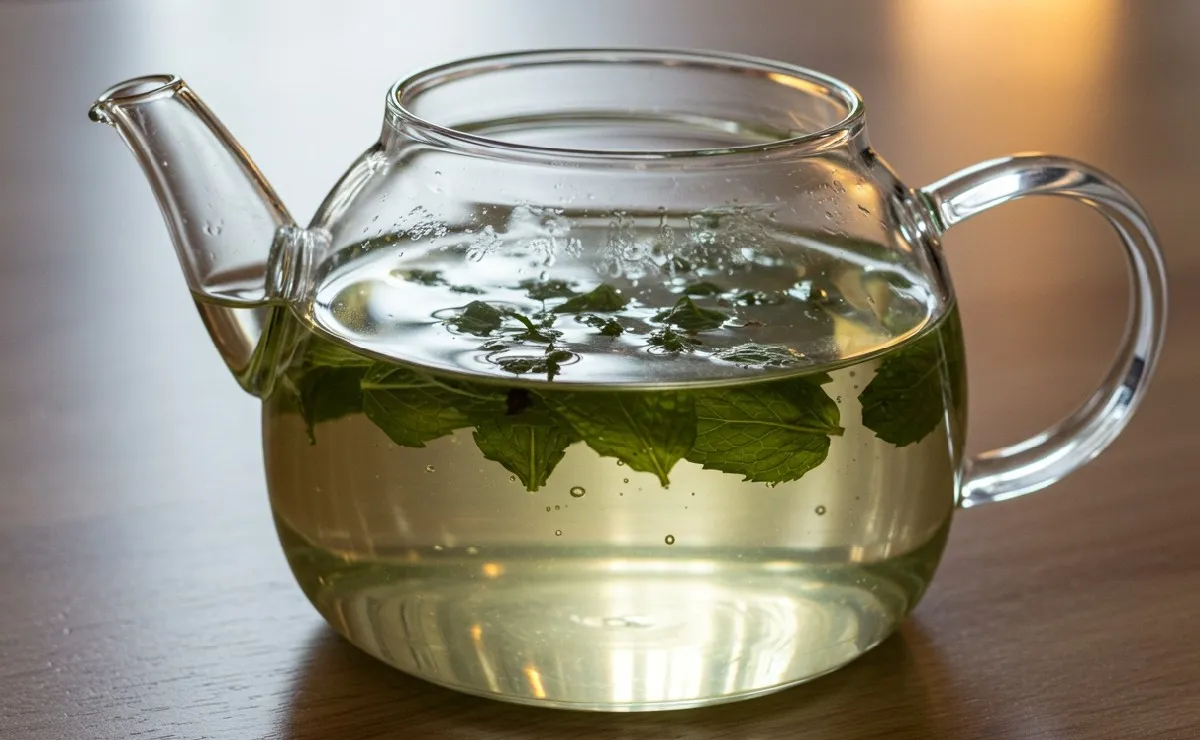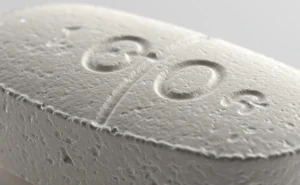Used for centuries, peppermint is more than just an aromatic plant: discover its healing properties backed by science.
Spearmint, also known as mint, is one of the most popular medicinal plants thanks to its therapeutic properties and characteristic aroma. Used in infusions, ointments, and even traditional dishes, this Eurasian plant has been valued for centuries by both traditional medicine and modern science.
According to the Journal of Ethnopharmacology, spearmint (Mentha spicata) offers multiple health benefits, from relieving digestive problems to improving respiratory conditions. Additionally, scientific studies support its antimicrobial, antioxidant, and anti-inflammatory effects, among others.
What is peppermint, and where is it found?
Spearmint is a perennial plant belonging to the Mentha genus. It can grow year-round, reaches up to 50 centimeters in height, and can adapt to different soil types, even under extreme climatic conditions. Although widely used in Mexico, its origins date back to regions in Europe, Asia, and Africa.
Its distinctive aroma comes from the natural essential oil content of its leaves, making it a popular choice for aromatherapy, teas, and homemade medicinal preparations.
Healing properties of peppermint
Both traditional medicine and modern research have documented the positive effects of peppermint on various ailments. Here are some of its main benefits:
- Improves digestion: It is used to treat indigestion, abdominal pain, intestinal weakness, flatulence, and diarrhea.
- Relieves respiratory symptoms: useful in the treatment of colds, coughs, asthma, influenza, and sinusitis.
- Other traditional uses: It has been used as an antipyretic (for fever), sedative, diuretic, carminative, and to control bad breath. Its use is even mentioned as an antidote and in cases of urinary retention.
Peppermint: Benefits Backed by Science
An analysis published in the Journal of Ethnopharmacology recognizes several pharmacological properties of peppermint, including:
- Antimicrobial
- Antioxidant
- Anti-inflammatory
- Anticancer
- Hepatoprotective (protects the liver)
- Antidiabetic
- Larvicide
These effects have been studied in scientific contexts that validate their use beyond traditional medicine.
Peppermint Nutrients
The nutritional value of peppermint is also remarkable. Its leaves contain:
- Potassium
- Magnesium
- Manganese
- Zinc
- Copper
- Iron
- Flavonoids
- Vitamin C
These components make it an ally plant to strengthen the immune system and support metabolism.
How to consume peppermint safely?
Peppermint can be integrated into daily life in many ways:
- In infusions or teas, ideal for improving digestion or calming respiratory symptoms.
- As a condiment in food, it provides a fresh and pleasant flavor.
- In ointments or essential oils, used topically to relieve pain or congestion.
- It can also be used as a natural flavoring in beverages, desserts, and personal care products.
Although several studies support its benefits, it is important to exercise caution. Excessive or improper use can cause adverse effects, especially in people with pre-existing medical conditions. It is always recommended to consult a healthcare professional before starting any natural treatment based on this plant.























+ There are no comments
Add yours